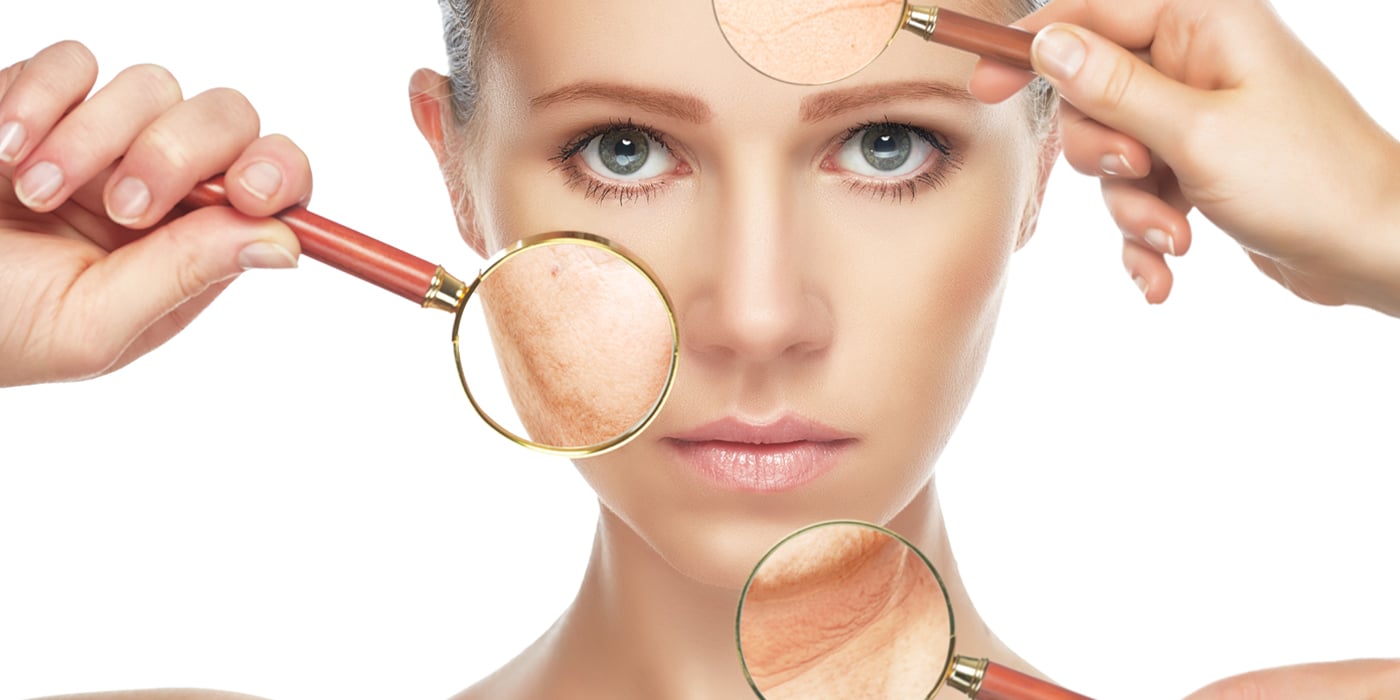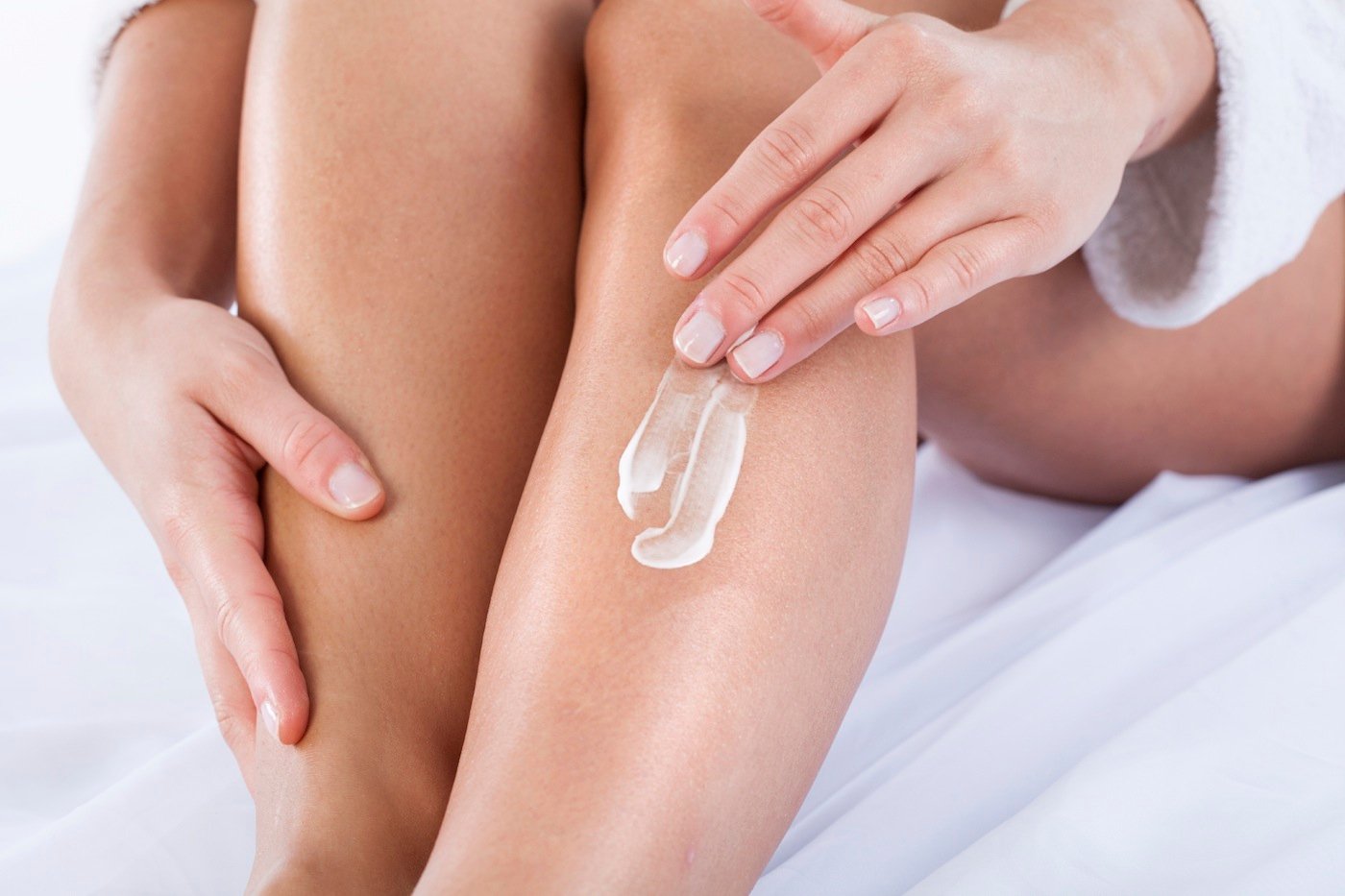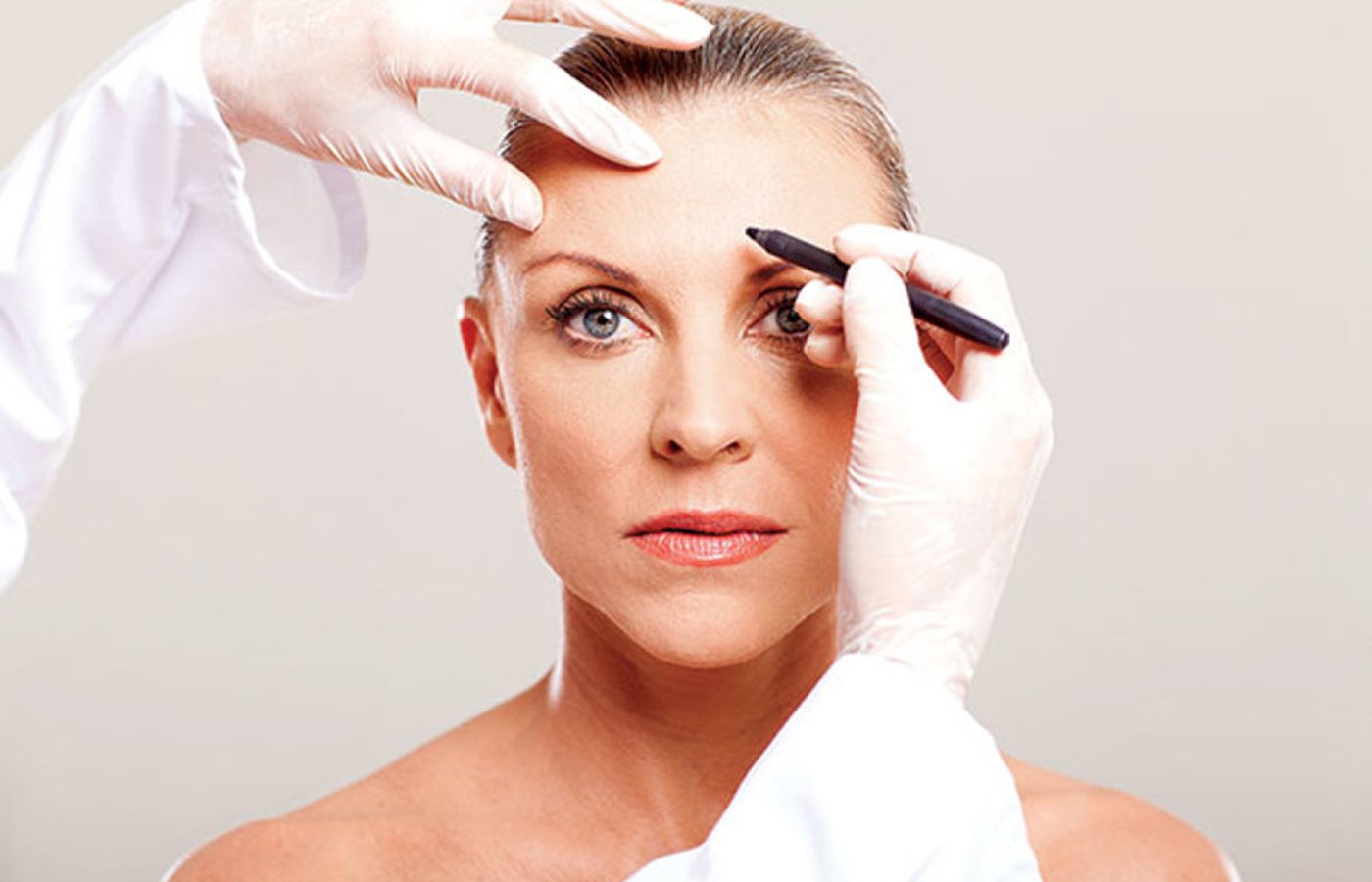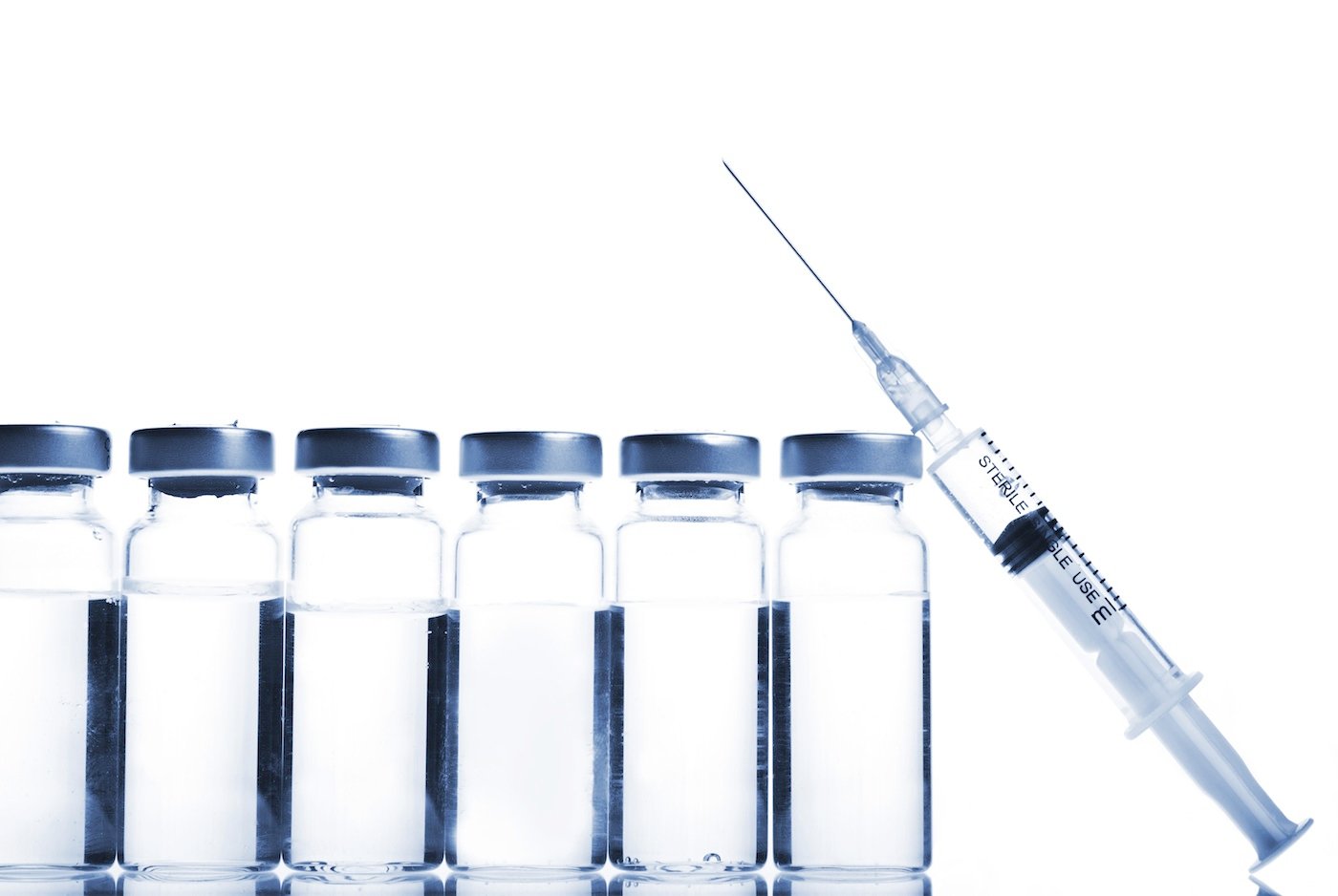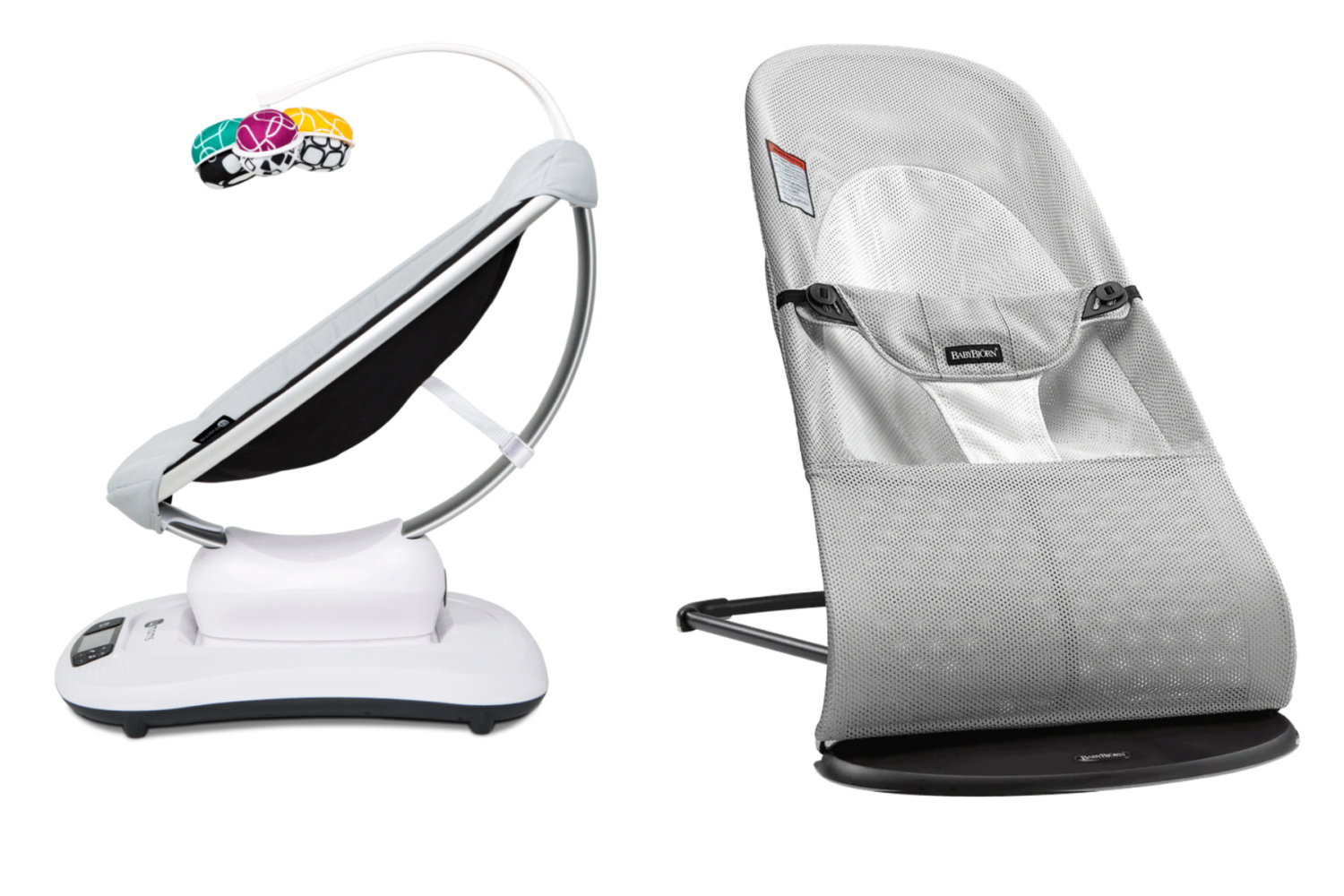In early March, I had the honor of giving a lecture at a joint dermatology-plastic surgery conference on non-surgical skin tightening. With the most advanced technology, I find that in many instances, the non-surgical approach might be the best option for several reasons. Little or no recovery time, minimal risk of infection or scarring, and very natural-looking results top the list of reasons why a non-invasive approach to skin tightening and rejuvenation are in such high demand.
But there is no “one size fits all” approach to the aging face. The most appropriate treatment will depend on several factors including location on the face, quality of the skin, history of prior treatments, medical history, and ability to tolerate downtime. There are several non-surgical treatments designed to tighten skin laxity; talk to your doctor to determine the best treatment for your needs.
Ablative Fractionated Carbon Dioxide (CO2) Laser. Based on a laser used in the early and mid-1990’s to vaporize the deepest wrinkles, today’s fractionated CO2 lasers are gentler to the skin which allows for rapid healing and reduced side effects. This treatment is particularly good for tightening around the eyes. The so-called laser eye lift can deliver beautiful, natural-looking results without the “deer in the headlights” look that is sometimes seen after plastic surgery. Potential downsides: It may take more than one treatment to achieve the desired look and the results don’t last as long as traditional plastic surgery.
Radiofrequency (Thermage). The Thermage procedure has been available for over ten years to non-invasively tighten skin around the eyes, jawline, chin, and body. While the earliest treatments were quite painful and the results unpredictable, the most advanced techniques deliver appreciable tightening with minimal discomfort. Although the results are not as dramatic as a face-lift, in my experience, over 90 percent of patients that are good candidates for the procedure obtain noticeable tightening of the treated areas and it never looks “pulled.” The procedure can be repeated every one to three years as needed to maintain the results.
Focused Ultrasound (Ulthera). The most advanced technology involves focused ultrasound to visualize through the skin to target deep support structures. Deep skin layers are heated to stimulate the growth of collagen which gradually lifts the skin in three to four months. It is used for a non-invasive eyebrow lift, give better definition to the jawline, reduce the chin “waddle” and enhance the décolletage. While this ultrasound treatment can be quite effective to non-invasively rejuvenate the face and chest, it’s best performed using light pain medication to increase comfort during the treatment. As compared with plastic surgery, there is no cutting, no recovery and all patients can resume their normal activities immediately. Several months after treatment, patients look refreshed and rejuvenated. For the best outcome, two treatments spaced about 12 to 18 months apart are recommended to maximize the tightening.
Dr. Elizabeth Tanzi is a board-certified dermatologist and co-director of the Washington Institute of Dermatologic Surgery.

